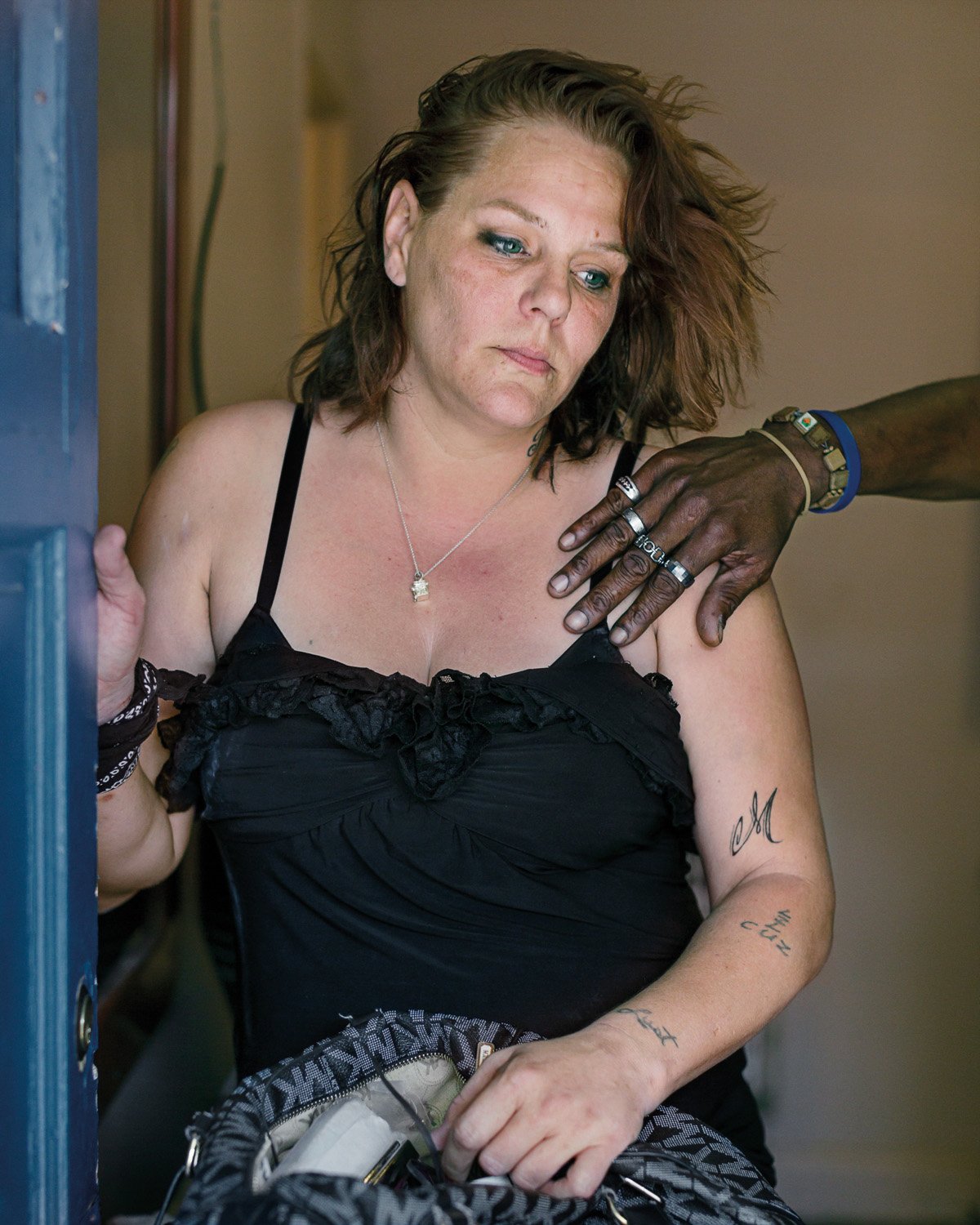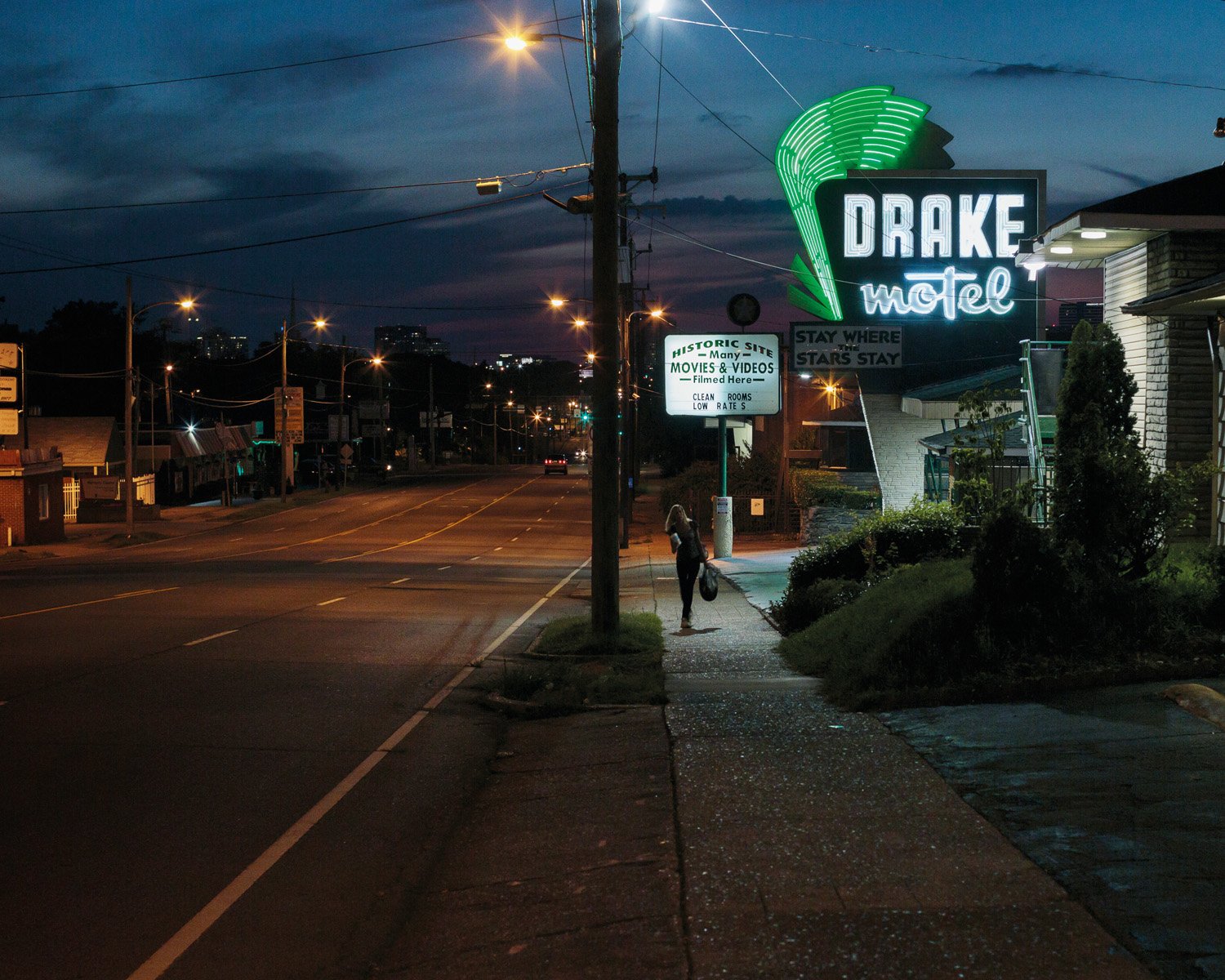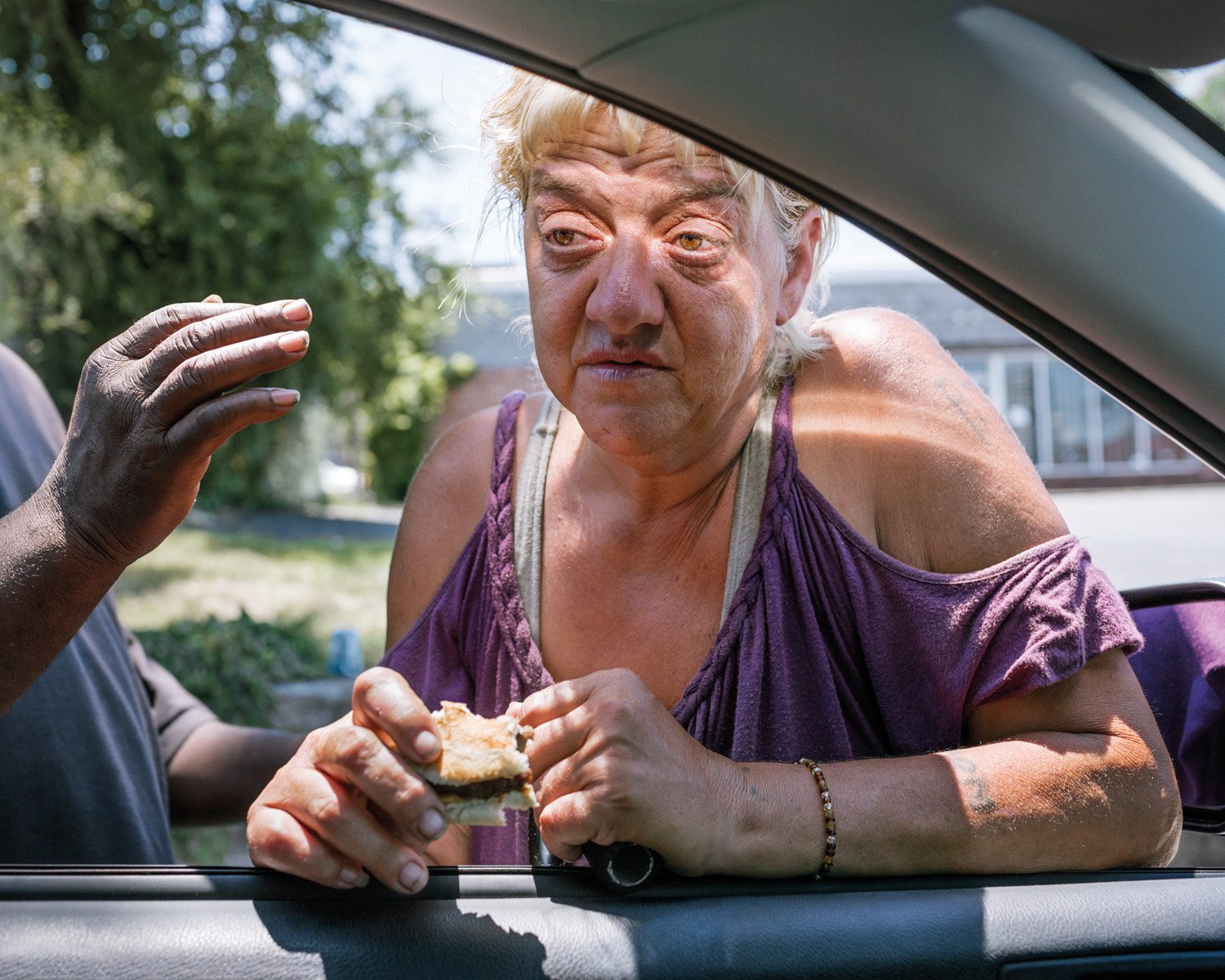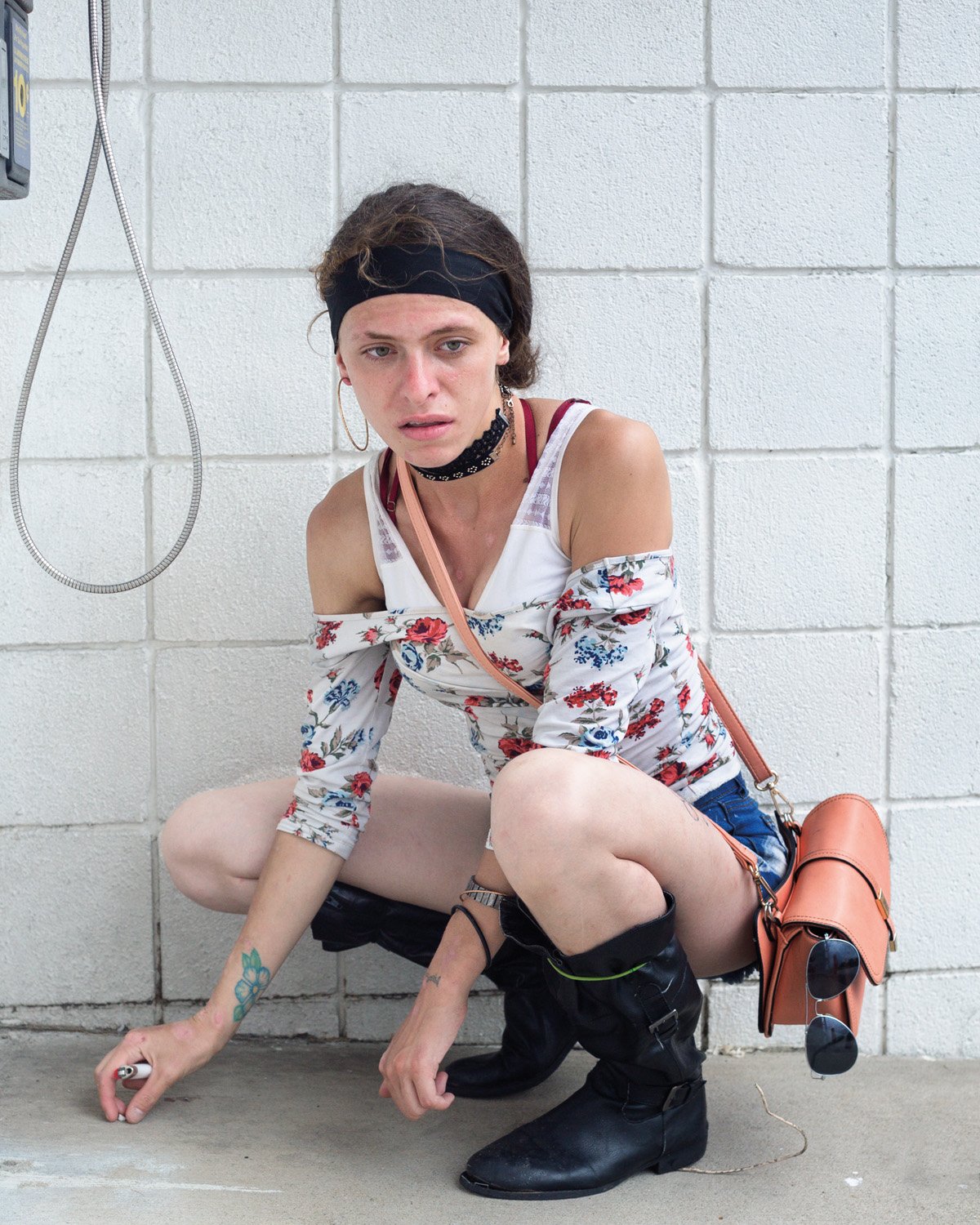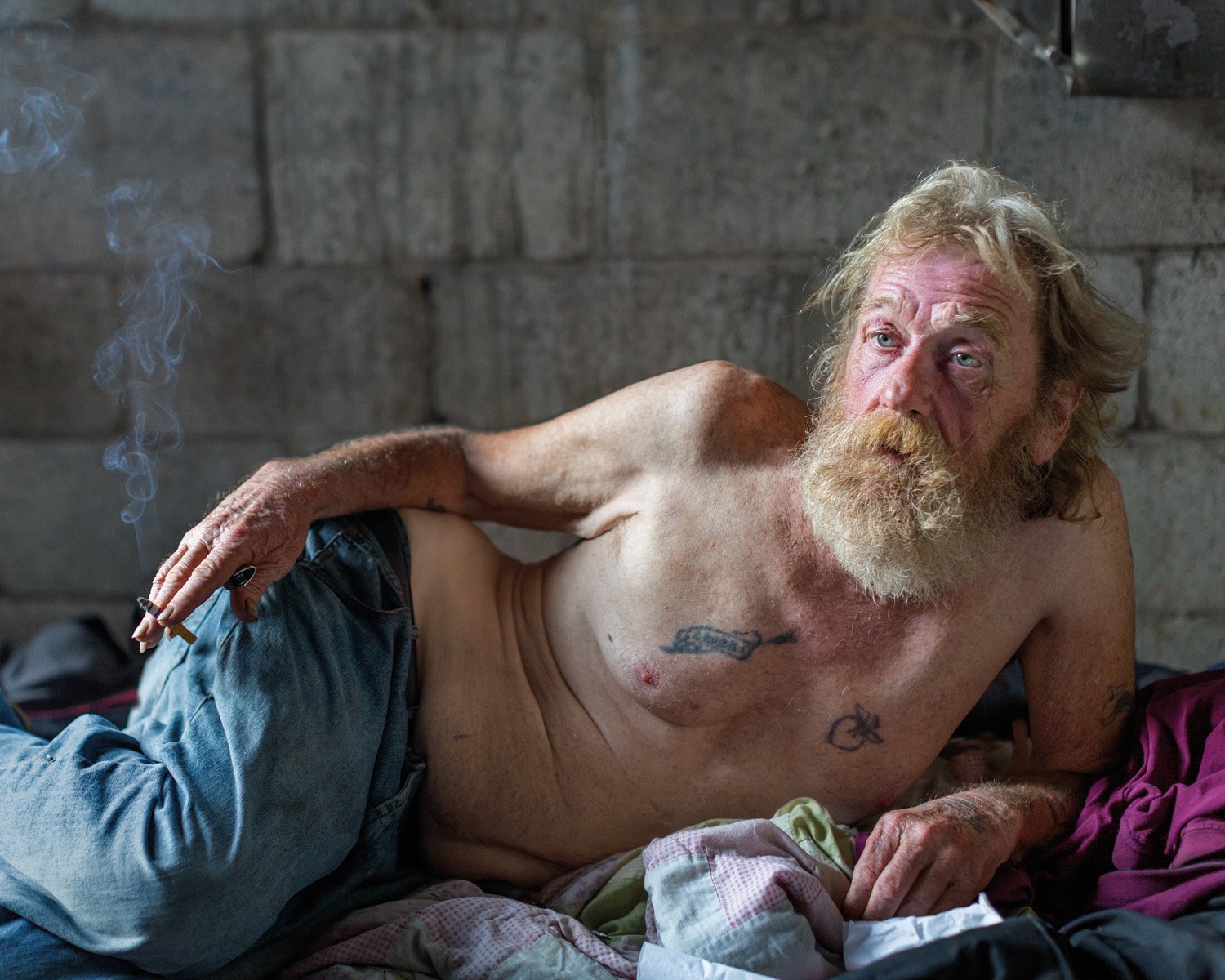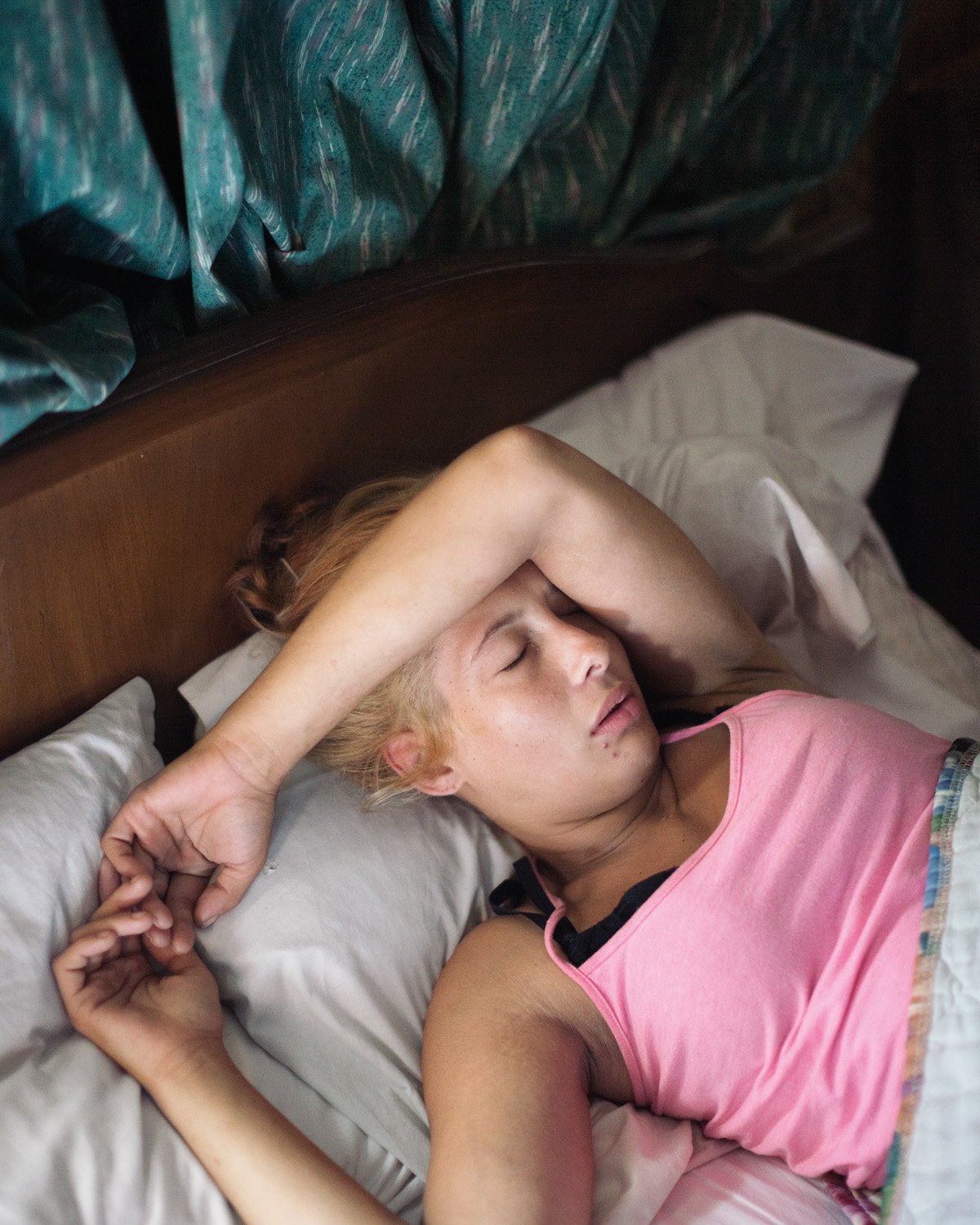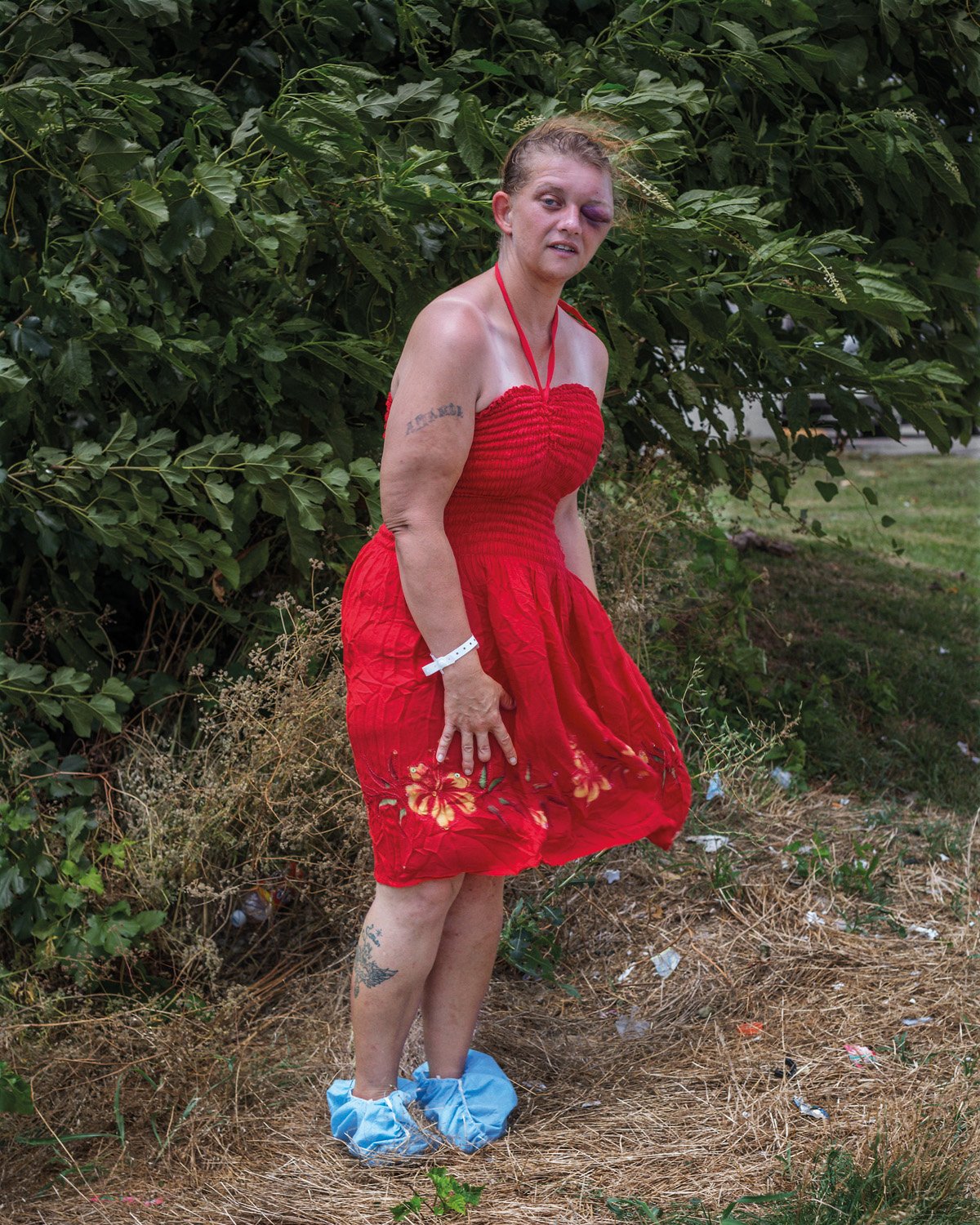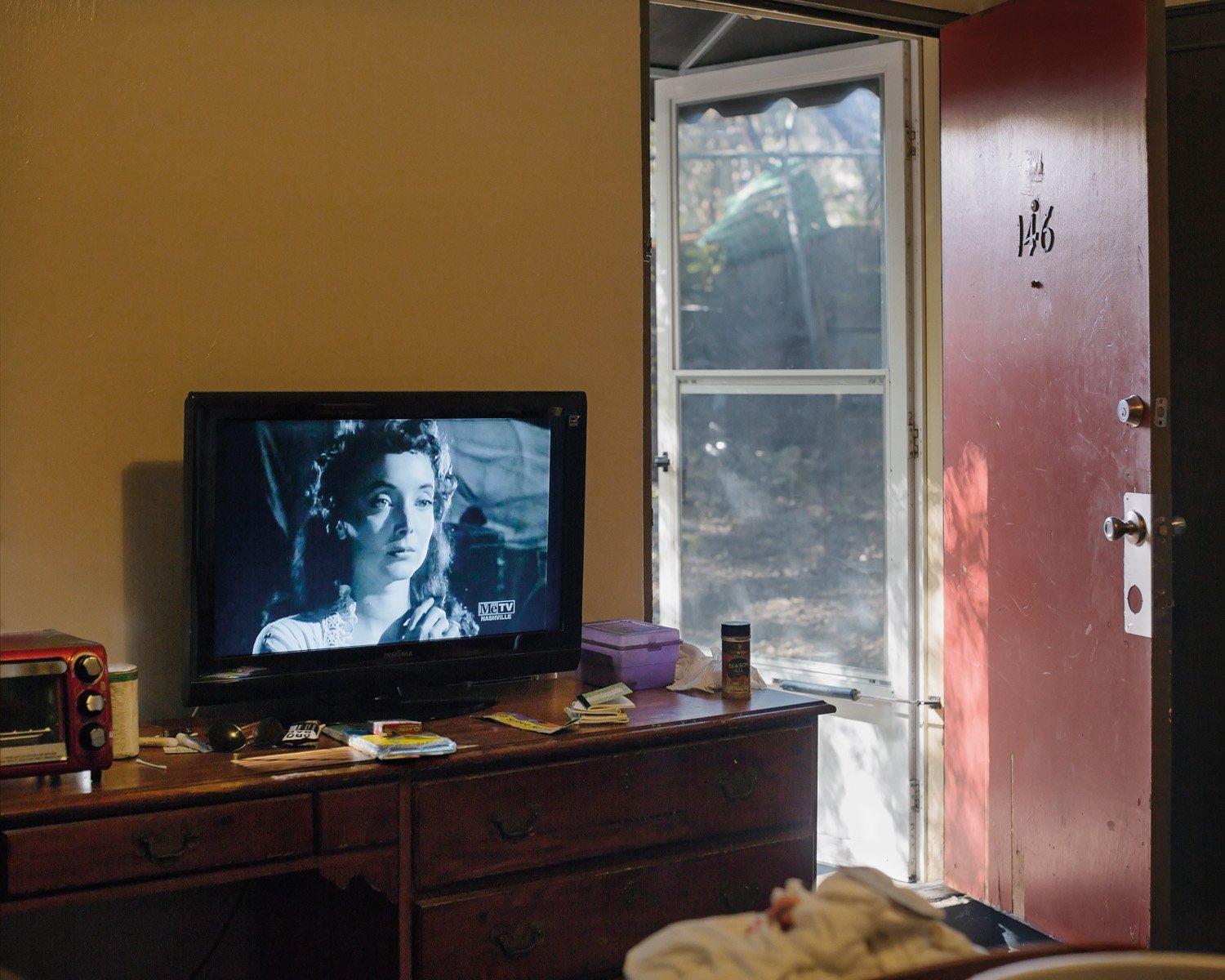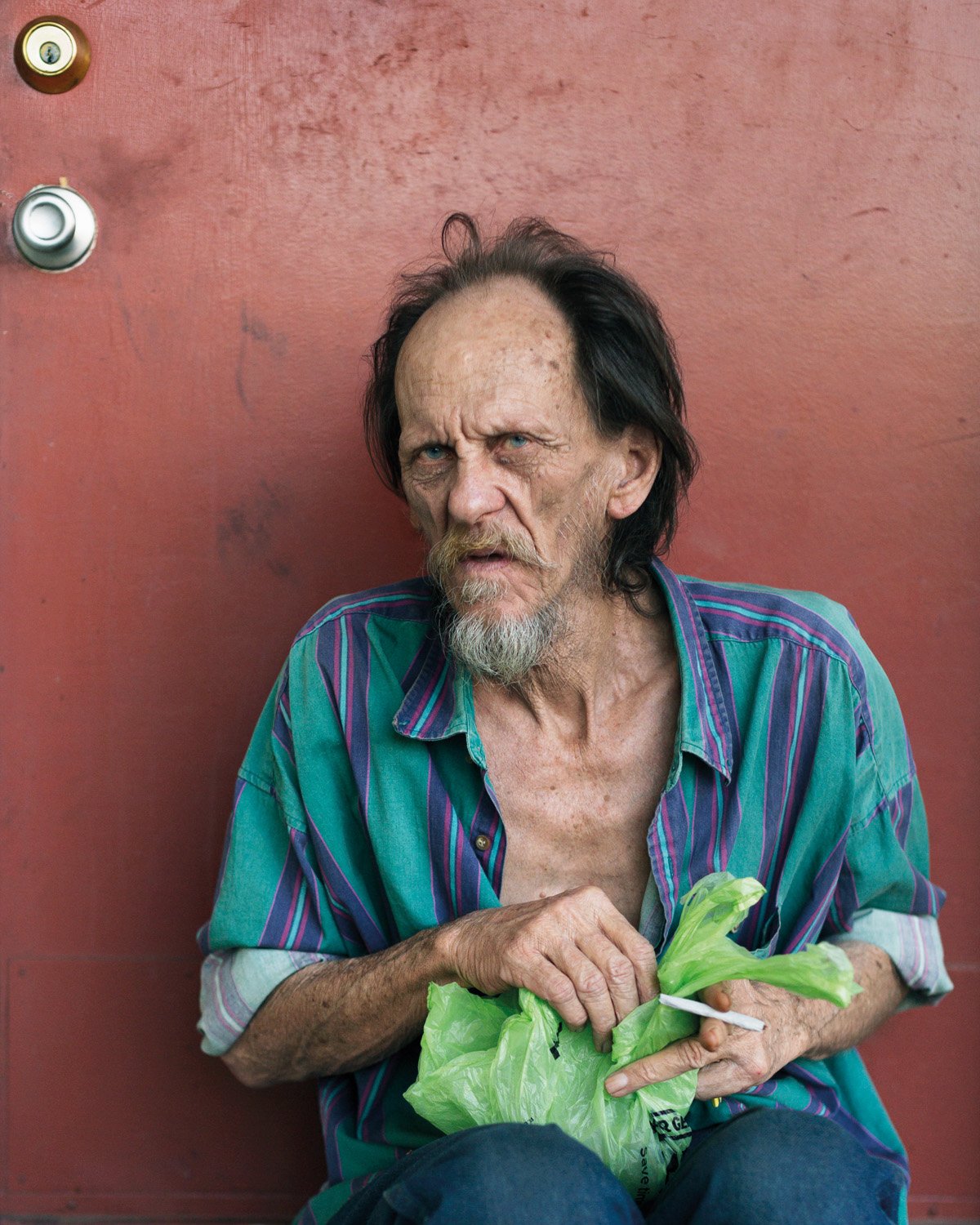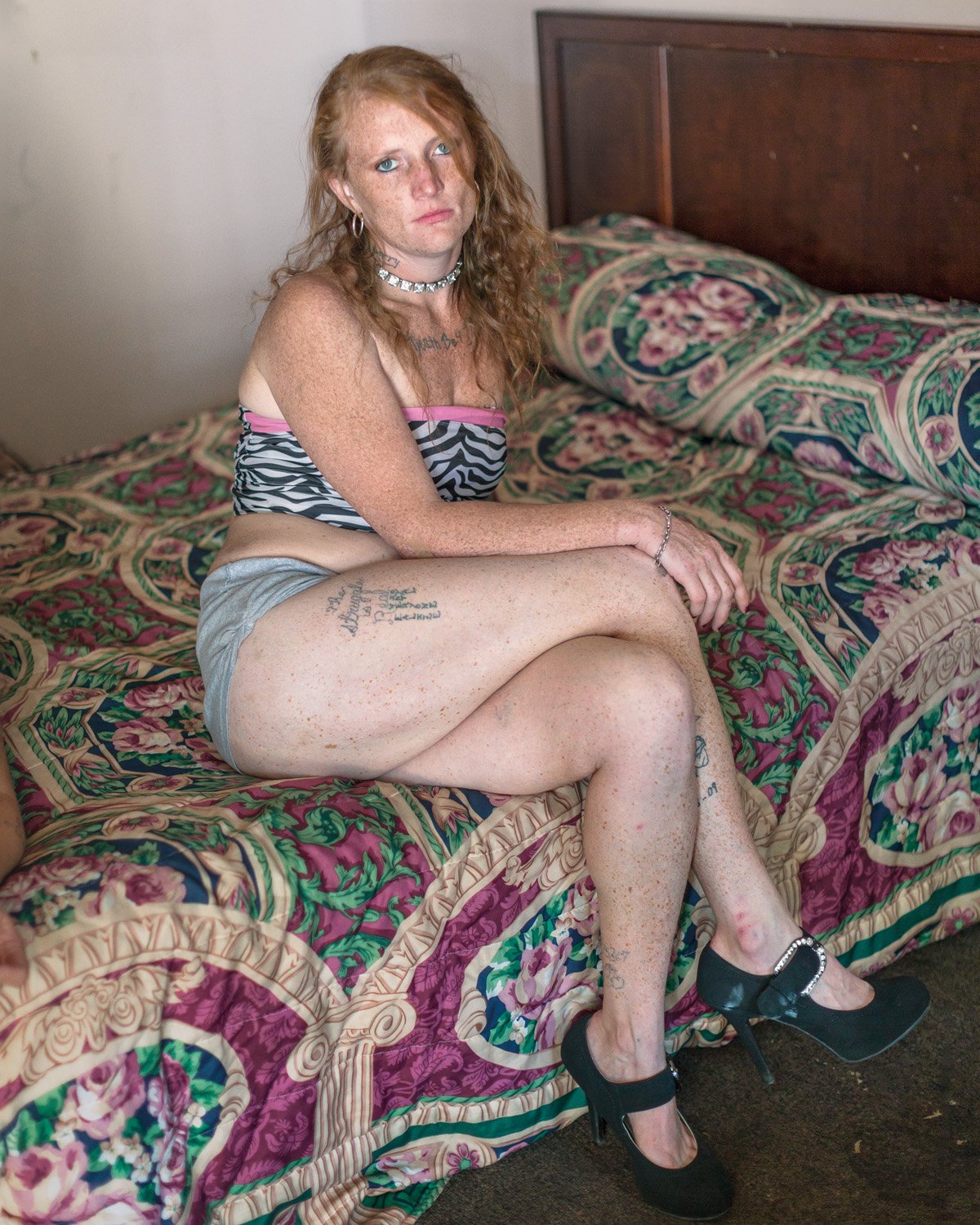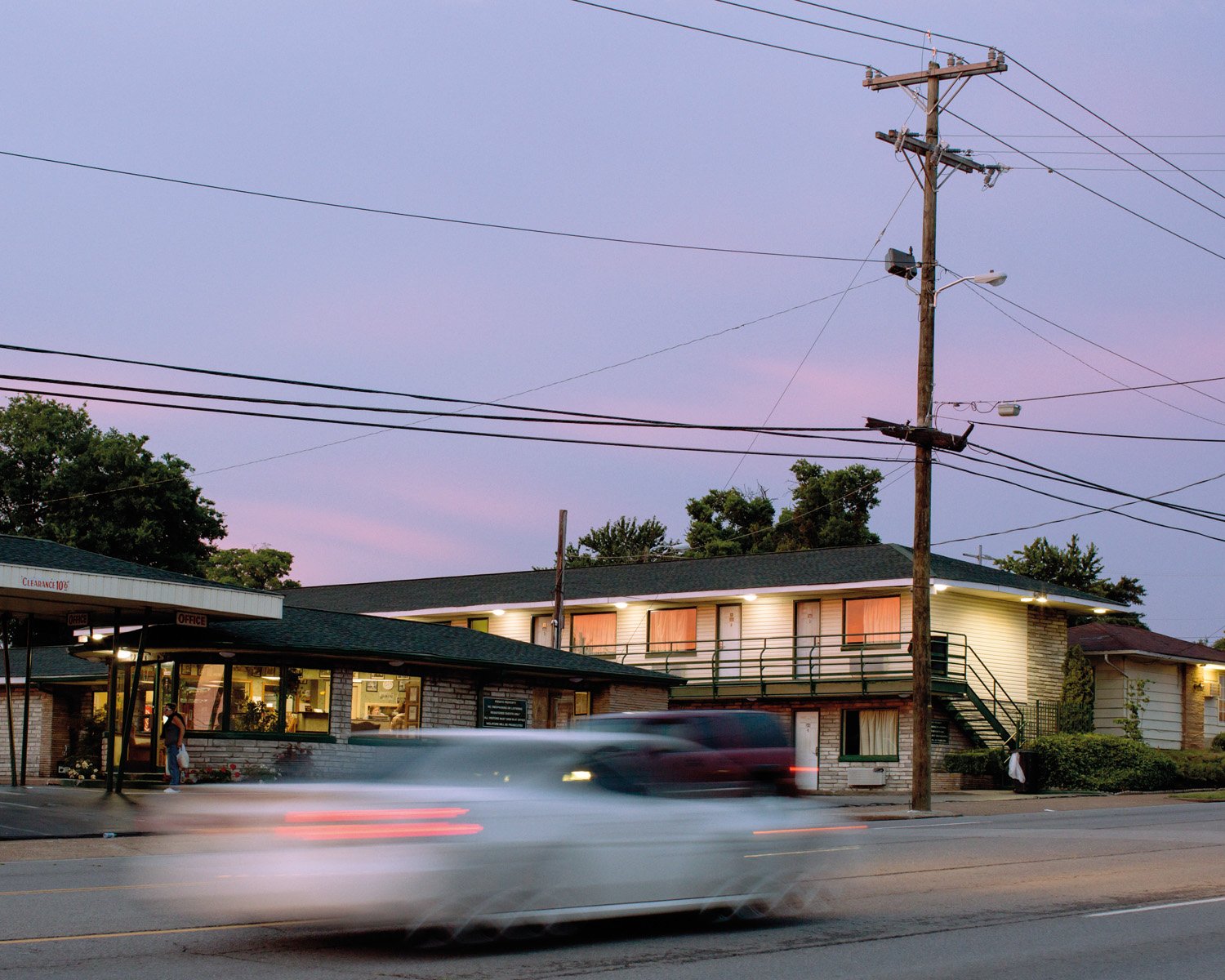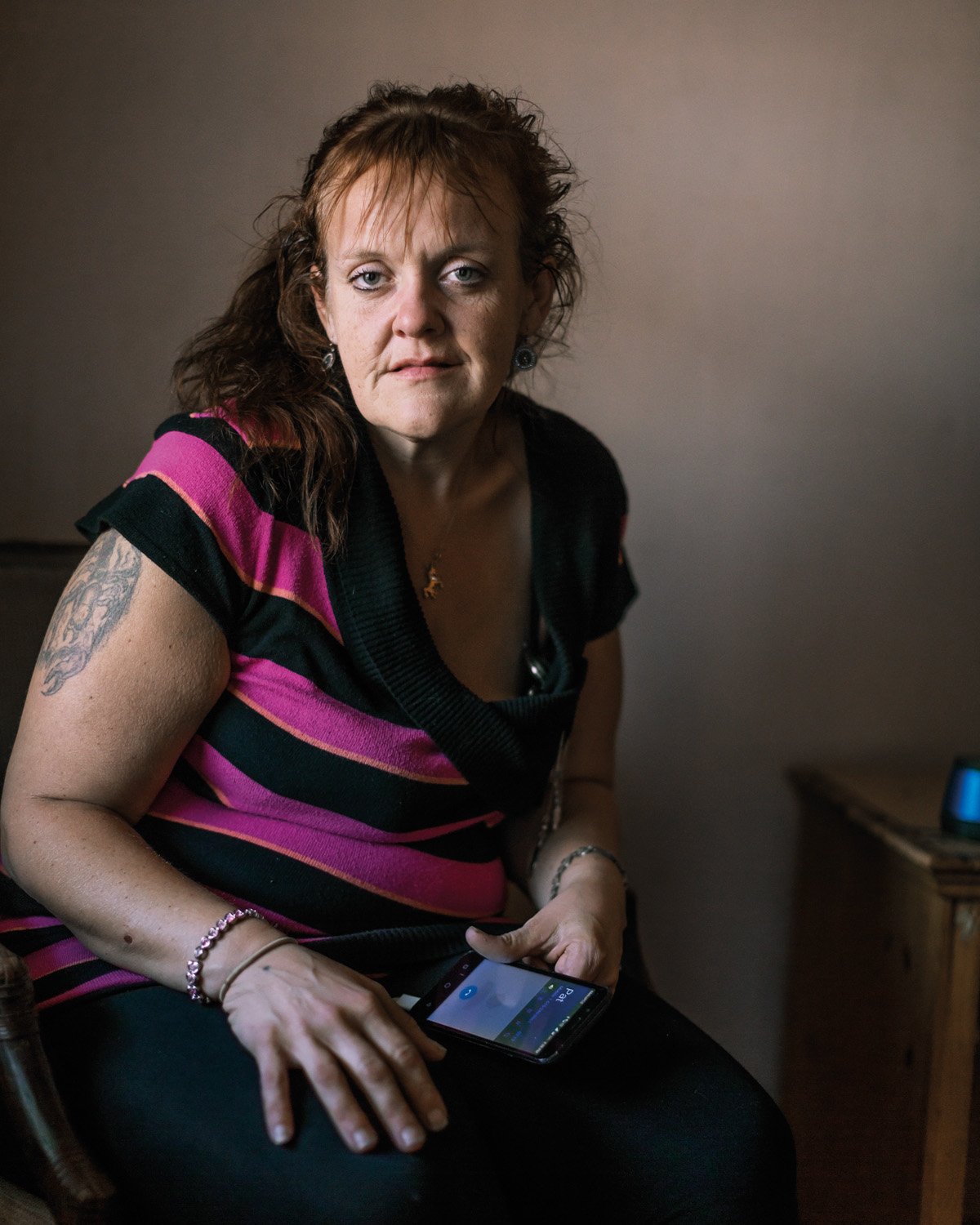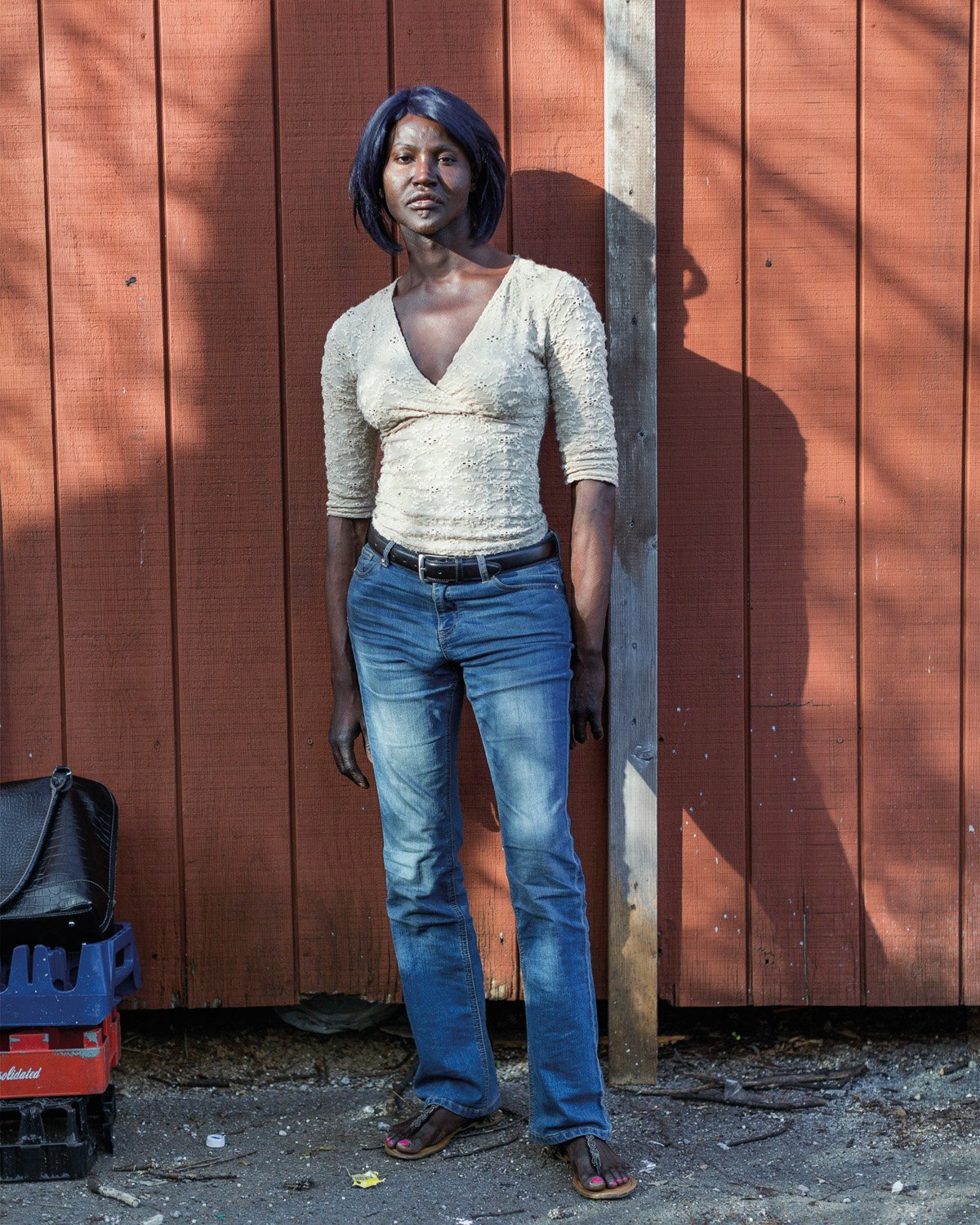Book Review: “The Drake” by Tamara Reynolds
By Jess T. Dugan | May 12, 2022
Published by Dewi Lewis in 2022
Hardcover / 8.5” x 10.5” / 80 pages, 44 color images
The photographs in Tamara Reynolds’ new book, The Drake, are not easy to look at. Over a period of several years, Reynolds documented the people surrounding the Drake Motel in Nashville, Tennessee, her hometown, which is changing dramatically due to gentrification and a rapidly increasing population. Amidst this gentrification, Reynolds was searching for something that spoke to her of the old Nashville she knew when she stumbled upon Your Place Cafe, a restaurant more closely resembling a bar, directly across the street from the Drake Motel. The Drake was situated about a mile from downtown and, at that time, had not yet been touched by developers. She began spending time there, getting to know its patrons, her camera always visible. She writes, “I always carried my camera. I wanted to be transparent about why I was there and who I was.” Over time, she became more interested in the people outside of the cafe, specifically the women working the block. She writes:
One day I was sitting there at the bar, and I noticed the women outside. That’s when I knew where my story was. It wasn’t about the overdevelopment of my home city. It wasn’t about a forgotten bar or a vintage motel from the bygone years of Nashville. It was about the women walking the block. I wanted to know the women. I’m attracted to women. Not sexually, but I enjoy photographing them. I wanted to hear them. I wanted to get closer, to humanize them, to understand. So I ventured out to where the women were.
Reynolds’ photographs grapple with serious, and often overlooked, issues: poverty, addiction, emotional and family trauma, houselessness, and violence. The photographs are neither critical or overly optimistic. Rather, they are keenly observed with a respectful eye that honors the complexity of the people before it. Reynolds sees their struggles, registers the often difficult external signifiers of years of substance abuse and houselessness, but she also sees each person’s individuality and dignity. She understands all of the factors at play, that there are reasons an individual is led into addiction, and these reasons often stem from factors out of their control. Writing about one of her subjects, Snow, Reynolds writes:
She had something I wanted—she was fascinating to me, her world was fascinating and she looked beautiful. It’s not about glorifying her, it’s about admiring her in a way, or not admiring her but respecting her, honoring her. I wanted her to know: You deserve to be seen. You deserve to be remembered.
Many of Reynolds’ images are made outdoors, sometimes in harsh midday light, while others are made inside hotel rooms or cars. Some are formal portraits, the subject’s gaze directly confronting the camera, and then the viewer, inviting us into a moment of engagement and reflection. Others depict things in action: drug use, two people embracing, a helping hand. Some of the quieter images depict environments, the specificities of place, the dance of light and shadow against a wall.
One of the things I find so moving about this work is the trust Reynolds was able to gain from her subjects. As with most compelling bodies of work, the specificity of the maker, the kind of trust they are able to gain within a particular community, and the depth of their commitment to their work are so crucial to the strength of the resulting photographs. It is clear to me that Reynolds had unique insight, informed by her own life experiences, which allowed her to build meaningful relationships with the people she was photographing, many who were, by her own account, fearful and difficult to get to know.
In the afterword, she writes candidly about her own experiences with addiction:
Addicts don’t want to connect. Being intimate is the last thing an addict wants to do. You can’t even be intimate with yourself. Slowly I got to know them and gained their confidence. I invested my time in becoming part of the community. It was a familiar atmosphere of trauma, of stories that hadn’t been told. I’ve been sober since 2002, and I recognized the despair, the lie you tell yourself that keeps you in the cycle of addiction. How you keep lowering the bar to hold on to that one thing you believe is keeping you alive but it’s actually killing you. Lack of education and parental involvement, poverty, emotional trauma, learning disabilities, genetic disposition, the list goes on—all are recognized as contributing factors to addiction. The only difference between me and these women was I had resources that upped my bottom. I had a support system, a family that brought me up a certain way. A different kind of education. I may not have the exact same experience, but I know what that feeling of addiction is.
Time and gentrification have already taken their toll; Your Place Cafe is closed, the building is for sale, and high end condos have begun to go up nearby. The people Reynolds photographed are no longer there, but they’ve only gone a few miles down the road. As Reynolds writes, “addiction doesn’t go away, it just moves.” The Drake serves as both a record of a specific group of people in a specific place at a specific time and also the telling of a more universal, ongoing struggle centering around addiction and poverty; this duality, thoughtfully rendered through Reynolds’ sympathetic eye, is its strength.
The Drake is available from Dewi Lewis.

